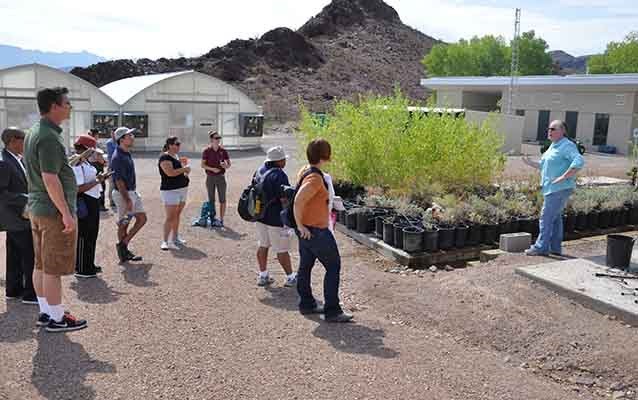Last updated: September 13, 2017
Article
Lake Mead Lesson Plan Writing Retreat

2. Indigenous voices inform contemporary teaching. Culturally inclusive lesson plans recognize the value of Native American culture and incorporate it into pedagogy and practice. The LPWR also incorporates it into pedagogy and practice. LPWR thus studies indigenous histories and issues - such as Indian Boarding Schools and tribal law—in the context of contemporary education.
3. Effective partnerships engage organizations at all levels. The LPWR marks the first time the National Park Service has partnered with the University of Nevada, Las Vegas and the Nevada Department of Education. Though each organization operates at varying tiers of state power, the LPWR highlights how far they can move forward when united under a common cause.
4. Rethinking historical education takes time and commitment. The LPWR started in 2012 and has since grown into a hallmark of Nevada’s Indian Education initiative. Retreats have traveled beyond the Lake Mead National Recreation Area, involving middle and high schools and providing participants with a curriculum guide “History and Contemporary Lifestyles of the Northern Paiute, Southern Paiute, Washoe and Western Shoshone.”
5. Inclusive histories begin with community dialogue. Group discussions, collaborative work, and shared resources motivate the LPWR, but where the program draws its strength are grassroots relationships that have been built over the course of years and the inclusion of local tribes. Each tribe sends representatives to the LPWR to give a presentation on the history of their people and the challenges facing them today. The consequent lesson plans grow from participants’ reflection on this work.
Back to the History Discover Events Gallery
Back to the Series: Best Practices for History Lessons and History Discovery Events.
